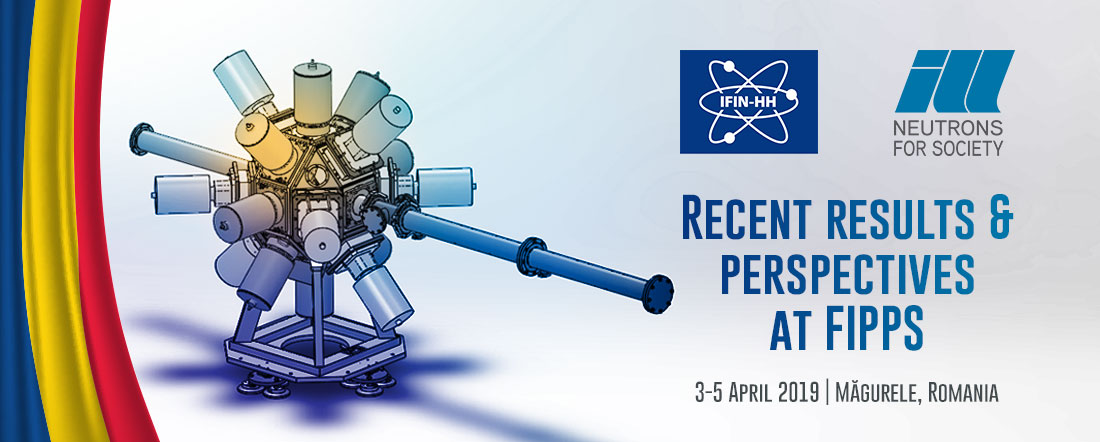Speaker
Description
The evolution of shell structure far from the β stability line is one of the great challenges over the past two decades. Neutron rich nuclei near magic numbers show modifications in their properties as expected by shell model calculations that uses traditional shell closures. For the study of these nuclei, the ADT (Advanced Delayed Technique) βγγ(t) technique is used. This technique was developed by Henry Mack [1,2] and combines gamma spectroscopy and fast-timing coincidences to measure half-lives of excited states. The knowledge of the level scheme and the half-lives allows to extract transition probabilities that make the comparison with theoretical calculations possible. For the construction of the level scheme HPGe detectors are used, due to their good energy resolution, using gamma-gamma coincidences. For the measurement of the half-lives fast scintillators as LaBr3(Ce) crystals are commonly used. This scintillator combines a fast response with a high detection efficiency and a good photon yield, allowing the measurements of lifetimes down to the ps range by coincidences method. Nowadays, lifetimes down to the range of the 10ths of ps have been studied by coupling LaBr3 scintillator crystals to photomultiplier tubes.
High-performance arrays are thus under development. One of these arrays is the Fission Product Prompt gamma-ray Spectrometer (FIPPS) at Institut Laue-Langevin (ILL), Grenoble (France). This array is nowadays consisting of HPGe clovers for high precision gamma-ray spectroscopy. A fast-scintillation array for lifetime measurements can also be used as ancillary device. The traditional choice of photomultiplier tubes is compromised by the eventual coupling of the gamma spectrometer with a magnetic device (as foreseen in the future for the identification of fission fragments). A good alternative to these sensors is silicon photomultipliers (SiPM). Among their numerous properties [3], SiPM are insensitive to magnetic fields up to 10T and have a quantum detection efficiency comparable to the one of the photomultiplier tubes. Their mayor drawbacks are the temperature dependence and after-pulsing, due to the silicon characteristics and the impurities on the material. Silicon sensors are known to have a timing resolution of 100ps, really close to the photomultiplier tube resolution. A digital acquisition system has been developed using CAEN digitizer cards with a high sampling rate for proper timing determination and high throughput to treat the amount of data generated. Currently the digital processing systems have energy and timing performances very close to the analog systems, also allowing online processing.
The final goal of the project is to develop a SiPM-based system for fast scintillator detectors, hosting not only the electronics needed to drive the SiPM but also the digital conversion and processing stage. Once this is achieved, we will implement the SiPM-based detector for nuclear structure experiments to measure half-lives of excited states populated in fission experiments at FIPPS.
[1] Mach, H., Gill, R. L., & Moszyński, M. (1989). Nuclear Instruments and Methods in Phys. Res. A280(1), 49-72.
[2] Moszyński, M., & Mach, H. (1989). Nuclear Instruments and Methods in Phys. Res. A277(2-3), 407-417.
[3] Renker, Dieter. Nuclear Instruments and Methods in Phys. Res. A 567.1 (2006): 48-56.

